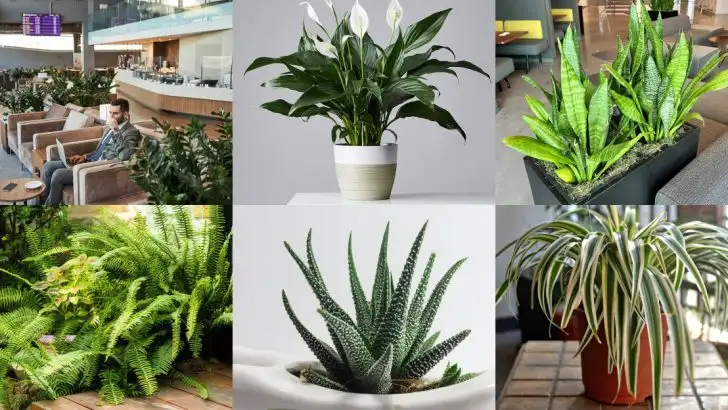When plants show up in prisons, airports, and government buildings—there’s a reason. These aren’t your everyday daisies and petunias. These are the tough ones. The no-nonsense, can’t-kill-me, grow-where-you-dare types. They can handle stress. They don’t need hand-holding. And they still manage to look good under flickering fluorescent lights or behind razor wire. They’re chosen for survival, sure— But also for calm, control, and maybe just a touch of beauty in places that need it most. Because even in the most serious spaces, a little green can work quiet magic. We’re talking 14 plants that earned their place through grit, grace, and low-maintenance swagger. Want a garden with government-level grit? Start here.
Snake Plant

With its architectural elegance, the Snake Plant is a staple in environments demanding low-maintenance greenery. Its robust nature makes it an ideal choice for airports, where foot traffic is constant. These plants are praised for their ability to filter indoor pollutants, significantly improving air quality.
Moreover, their resilience to neglect means they thrive even when forgotten in bustling terminals. The Snake Plant’s vertical lines add a modern touch, blending seamlessly into contemporary interiors. Its silent work against toxins positions it as a quiet guardian in spaces bustling with activities.
Peace Lily
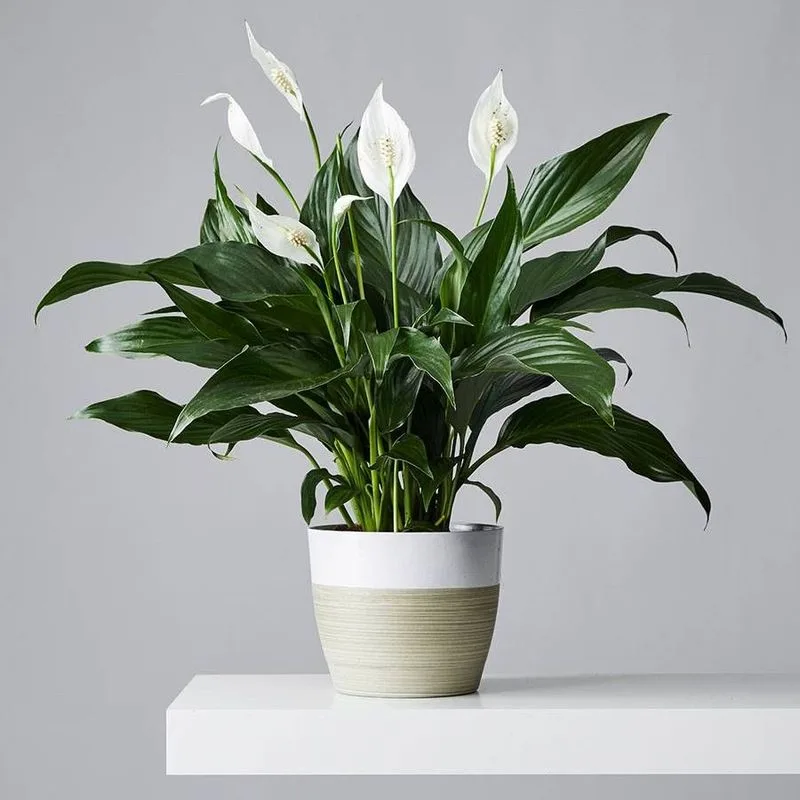
The Peace Lily’s serene white blooms offer more than just beauty; they are symbols of tranquility and purification. In government buildings, where tensions can run high, these plants contribute to a calming atmosphere. They excel at removing toxins like benzene and formaldehyde from the air, promoting healthier environments.
Additionally, their low light requirements make them adaptable to indoor settings with limited natural light. This plant’s dual role as a peace symbol and air purifier makes it a cherished addition to spaces focused on creating harmonious interactions.
Bamboo Palm
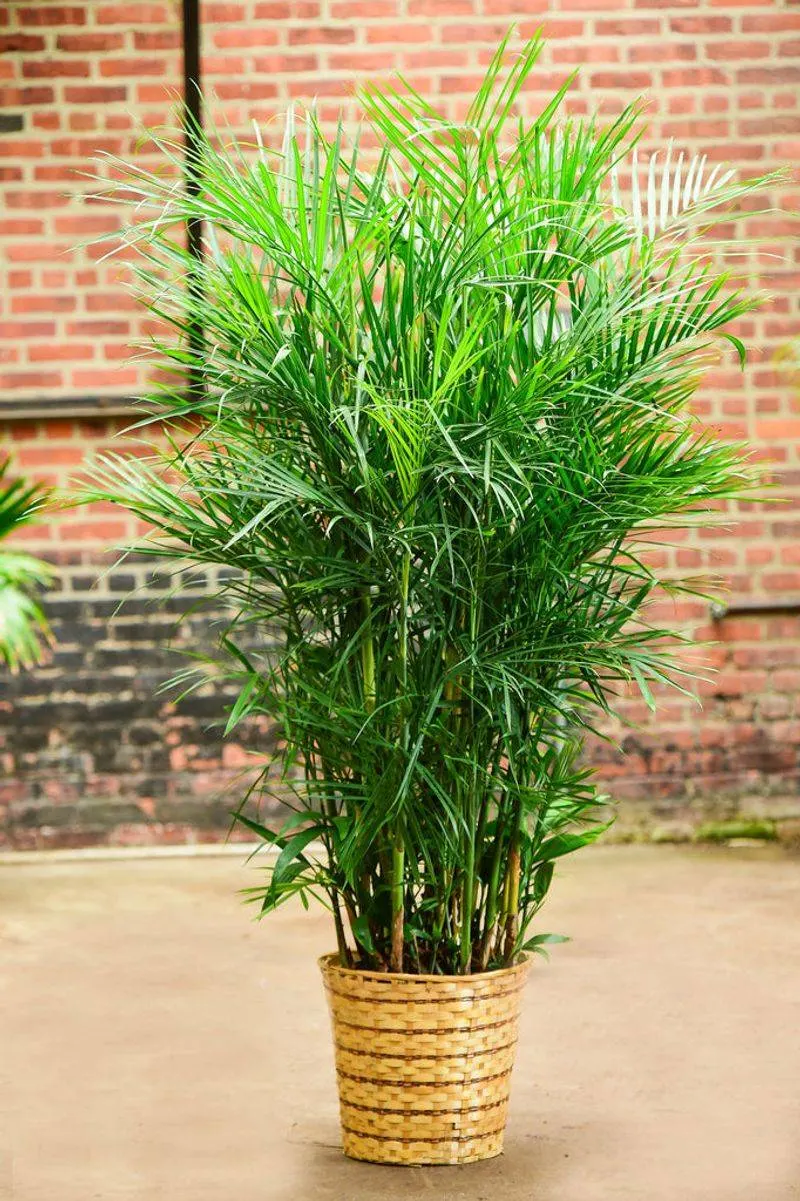
Bamboo Palm stands as a majestic figure in large, bustling environments like airports. Its tall fronds are efficient at filtering harmful substances such as benzene and formaldehyde, enhancing air quality significantly. The palm’s graceful presence adds a tropical touch, providing a visual escape for travelers.
Its ability to thrive in low light and its sturdy structure make it a practical choice for indoor landscapes. This plant’s contribution to aesthetics and health in high-traffic areas cements its position as a valued component in public spaces.
Rubber Plant

The Rubber Plant is favored in prisons for its hardy nature. Its thick, shiny leaves reflect light, brightening up otherwise dim spaces. This plant is excellent at removing airborne toxins, promoting cleaner air in enclosed environments where fresh air might be limited.
Rubber Plants are also known for their ability to withstand varying conditions, making them perfect for environments that are less predictable. Their aesthetic appeal, combined with practical benefits, makes them an indispensable part of prison horticulture strategies.
English Ivy

English Ivy’s cascading greens soften the harsh lines often found in government buildings, adding a touch of elegance. This plant is renowned for its ability to reduce airborne mold, which is crucial in maintaining healthy air quality.
Despite its delicate appearance, English Ivy is hardy and can thrive in various conditions. Its adaptability and air-filtering prowess make it a favorite in spaces that require constant air quality management. The visual grace it adds is a bonus in formal settings.
Aloe Vera

Aloe Vera, with its myriad of uses, is a common sight in many institutional settings. Its leaves contain a soothing gel that is used in various first aid remedies, making it practical for quick skin relief.
In addition, Aloe Vera is effective in purifying air by removing formaldehyde and benzene. This dual functionality as a healer and air purifier is why it’s a staple in airports where both staff and passengers can benefit from its presence. Its compact size allows it to fit perfectly on desks and counters.
Spider Plant
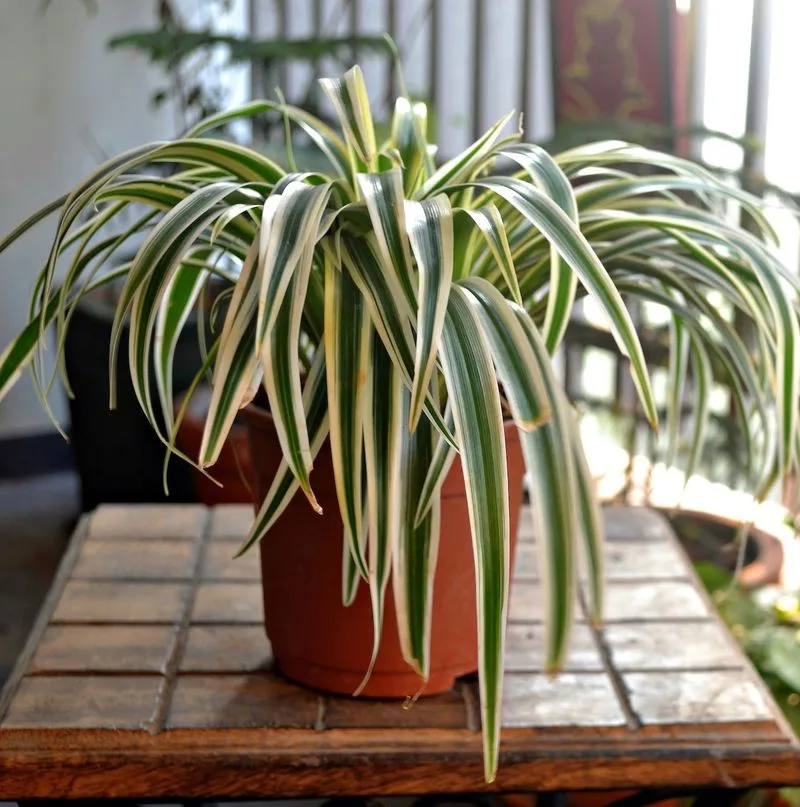
Spider Plants are beloved for their striking appearance and their efficiency in purifying air. These plants are particularly popular in prison common areas, where air quality is paramount. They are known to reduce indoor pollutants such as carbon monoxide and xylene.
Their easy-care nature and rapid growth make them ideal for institutions that require low-maintenance plants. The cascading leaves of the Spider Plant also add a soft, natural touch to otherwise stark environments, contributing to a more welcoming atmosphere.
ZZ Plant
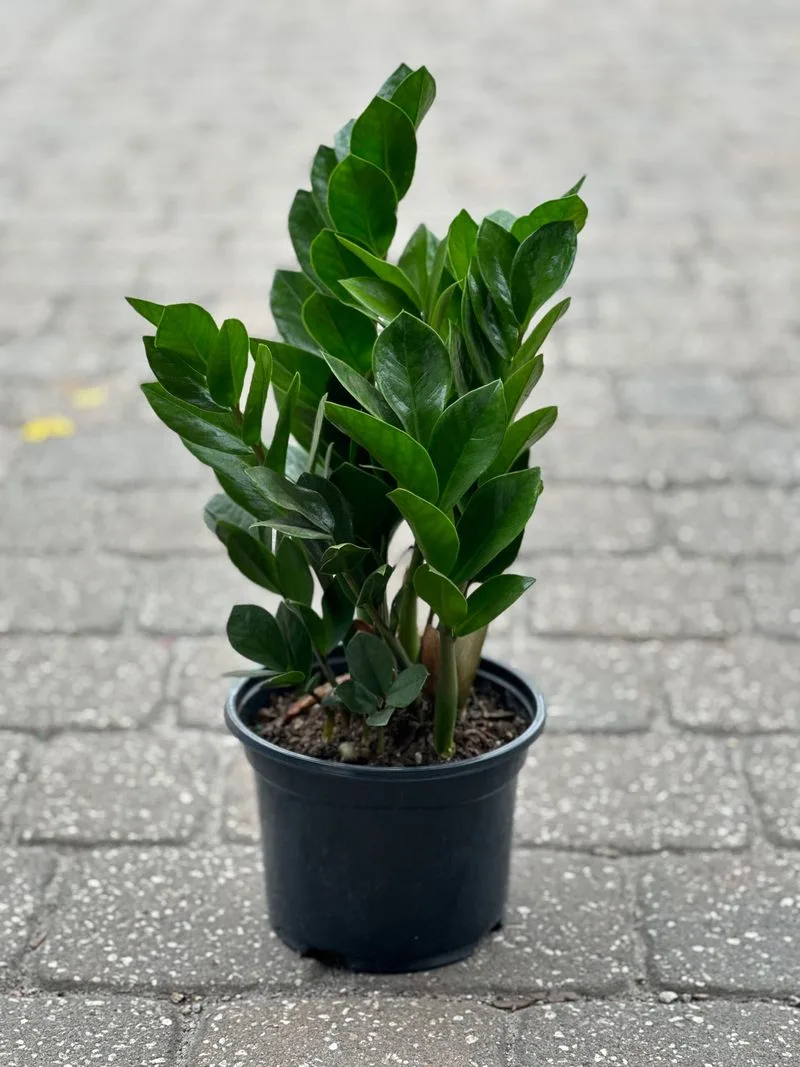
The ZZ Plant’s glossy, dark green leaves are not just visually appealing but also highly functional. Known for its resilience, it thrives on neglect, making it perfect for busy government buildings where plant care may not be frequent.
This plant is efficient at removing toxins from the air, contributing to a healthier indoor environment. Its robust nature means it can withstand low light and irregular watering, features that make it a reliable choice for public institutions aiming to enhance their ambiance with greenery.
Boston Fern

Boston Ferns are lush, feathery plants that bring life to any space they occupy. In airports, their ability to remove pollutants like formaldehyde and add humidity to dry environments is highly valued.
These ferns require more attention than some plants, needing regular misting, but their beauty and air-purifying capabilities make them worth the effort. The vibrant green of the Boston Fern adds a refreshing splash of color that revitalizes the senses of travelers and staff alike.
Ficus Tree
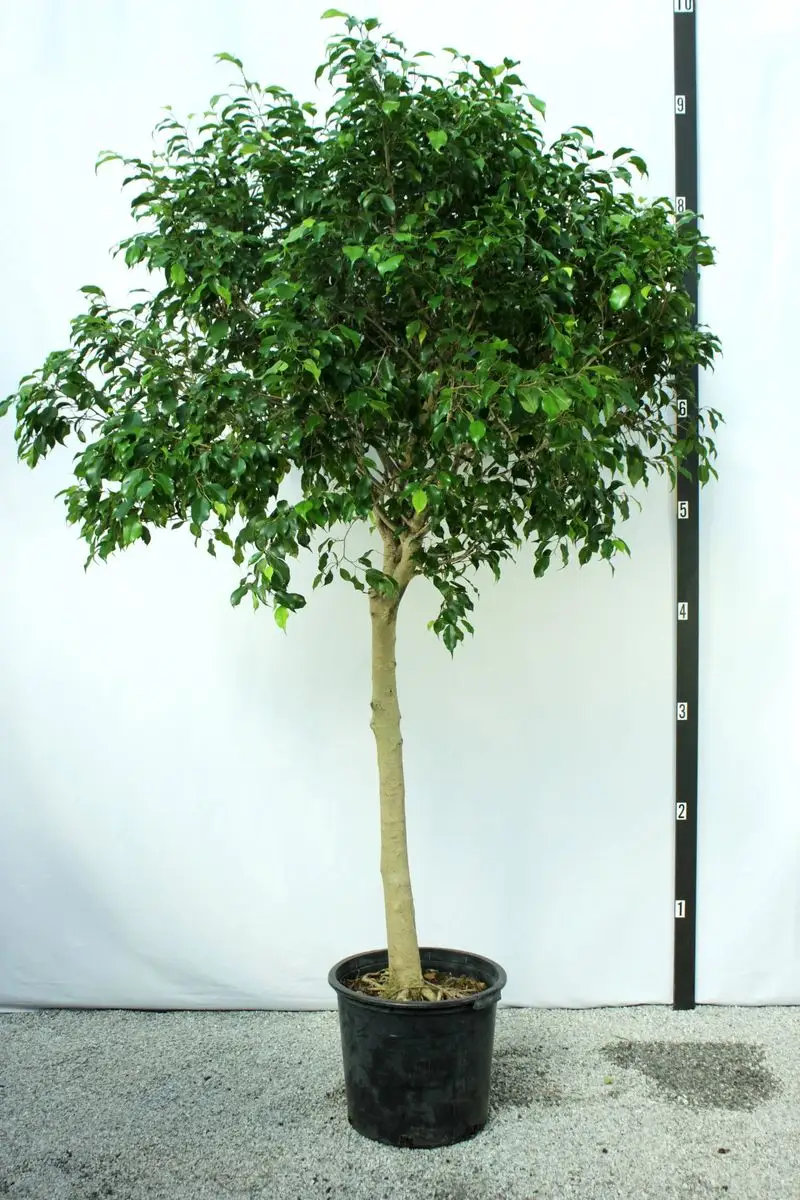
Ficus Trees are often chosen for their imposing stature and air filtering capabilities. In prisons, these trees are placed in courtyards and indoor common areas to help clean the air and provide a focal point with their lush foliage.
Despite their need for regular watering and bright, indirect light, the benefits they offer in terms of air quality and aesthetic appeal make them a worthwhile investment in institutional settings. Their ability to transform spaces with greenery is unmatched, offering both beauty and function.
Corn Plant

Corn Plants, with their glossy, arching leaves, are a favored choice in government lobbies. They thrive under interior lighting and are excellent at removing toxins like formaldehyde from the air.
Their striking appearance makes them a decorative addition that also improves air quality. The Corn Plant’s ability to adapt to various light conditions and its low-maintenance nature make it a popular choice for enhancing the atmosphere in busy institutional environments.
Dracaena
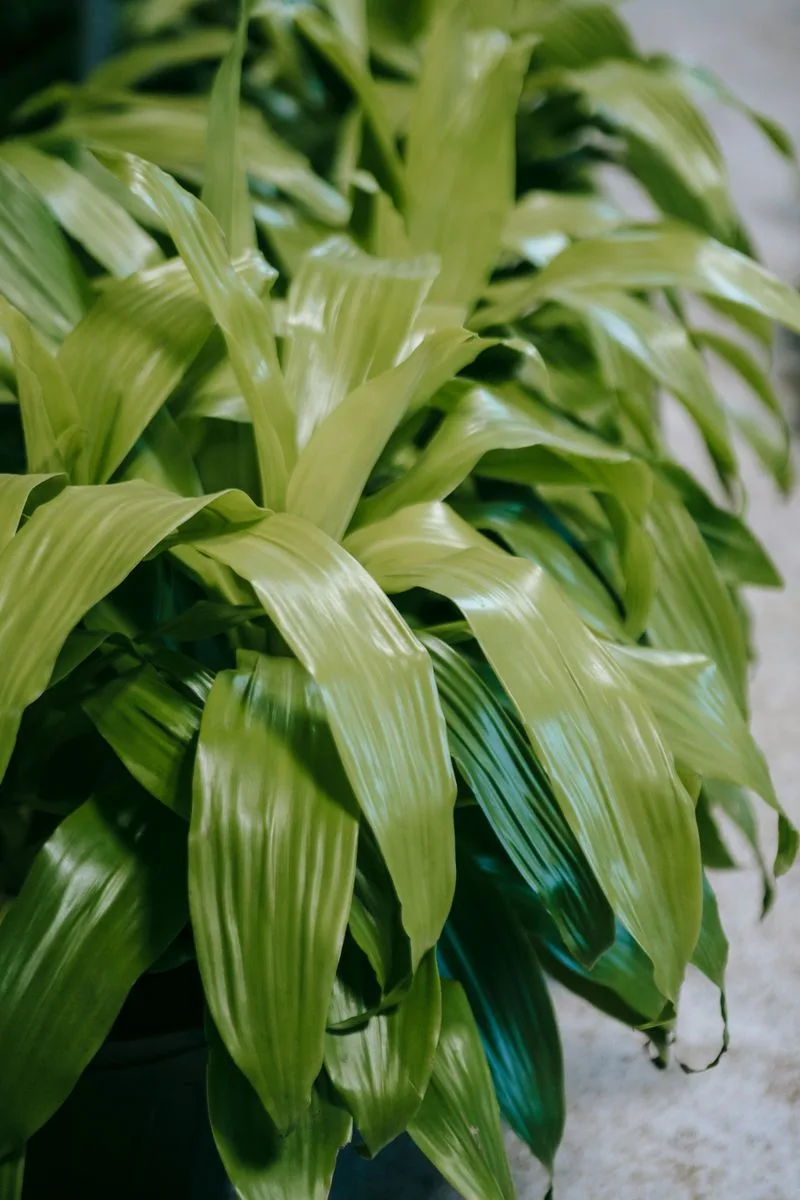
Dracaena plants, with their striking sword-like leaves, are a staple in many public spaces. In airports, their air cleaning abilities help maintain a healthier environment by removing pollutants such as benzene and formaldehyde.
These plants thrive in low light, making them versatile for various indoor settings. Their dramatic appearance adds a touch of exotic flair to otherwise sterile environments, making them a favorite for enhancing the visual and air quality of institutional spaces.
Philodendron

Philodendrons, with their heart-shaped leaves, are valued for their air purifying capabilities. In prisons, they are used to help improve air quality in recreational areas. Their ability to thrive in low light and their tolerance for neglect make them ideal for institutional settings.
These plants are easy to care for and add a touch of nature to environments that may otherwise feel stark. The Philodendron’s dual role in aesthetics and air purification cements its place in public spaces where both beauty and functionality are desired.
Pothos
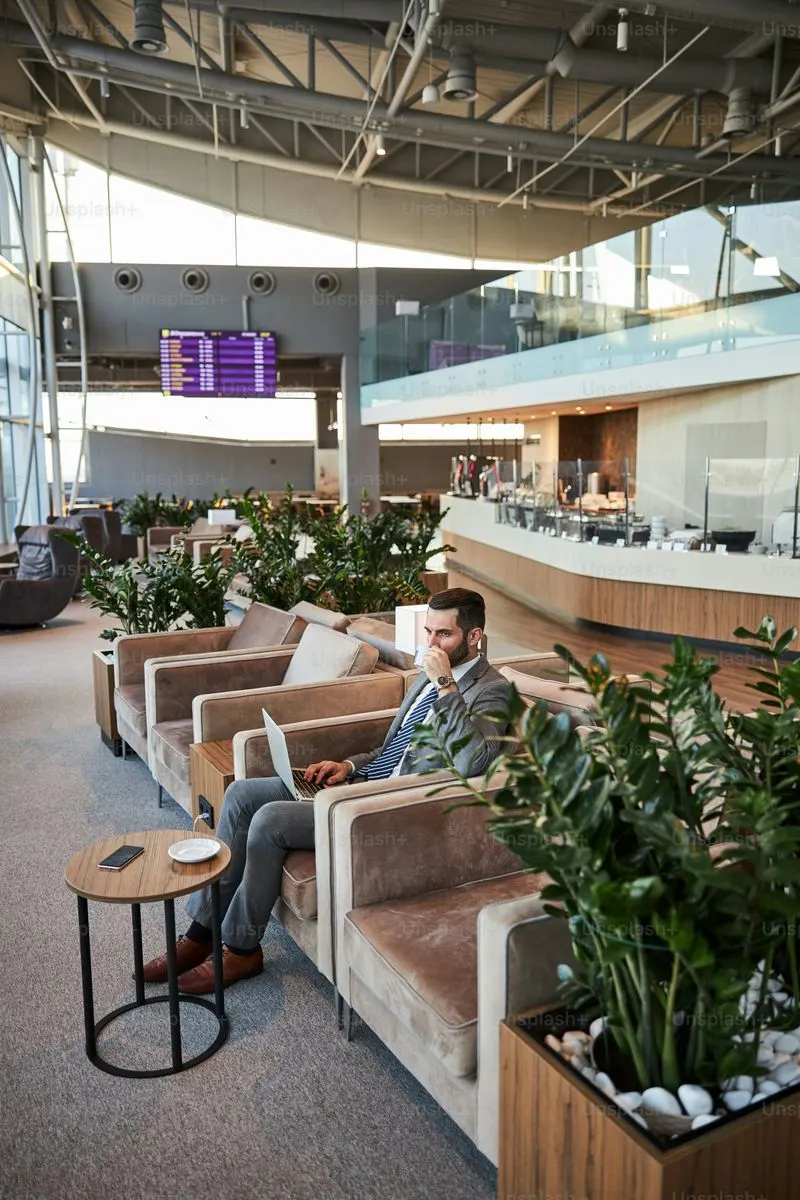
Pothos, with its trailing vines and vibrant green leaves, is a favorite in airport lounges. Its air cleaning properties are well-documented, as it effectively removes toxins like formaldehyde and benzene from the air.
Easy to care for and capable of thriving in low light, Pothos is a versatile plant that adds a touch of greenery to any setting. Its trailing nature allows it to be used in hanging baskets or as a table plant, offering flexibility in design and air quality improvement.

